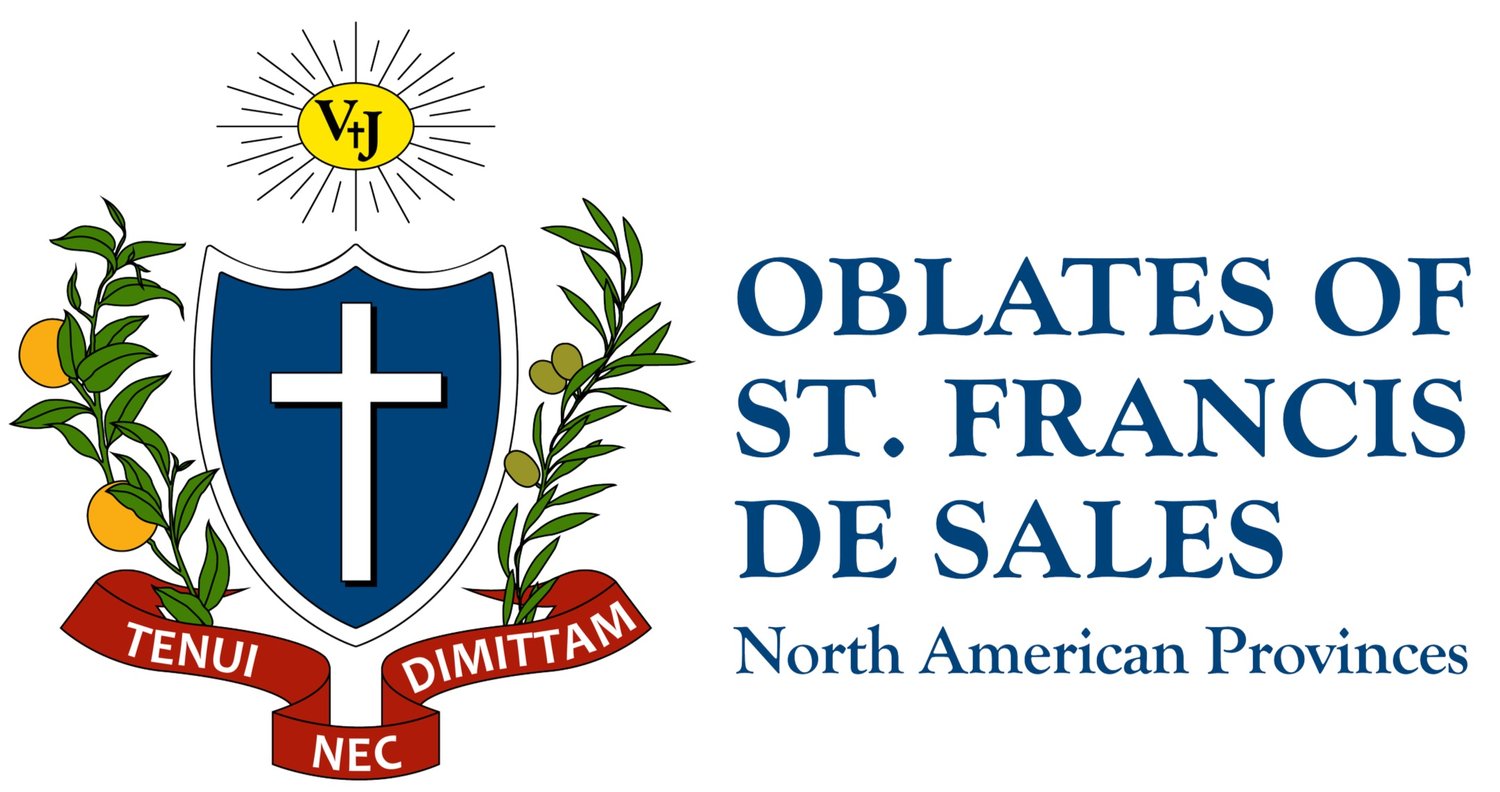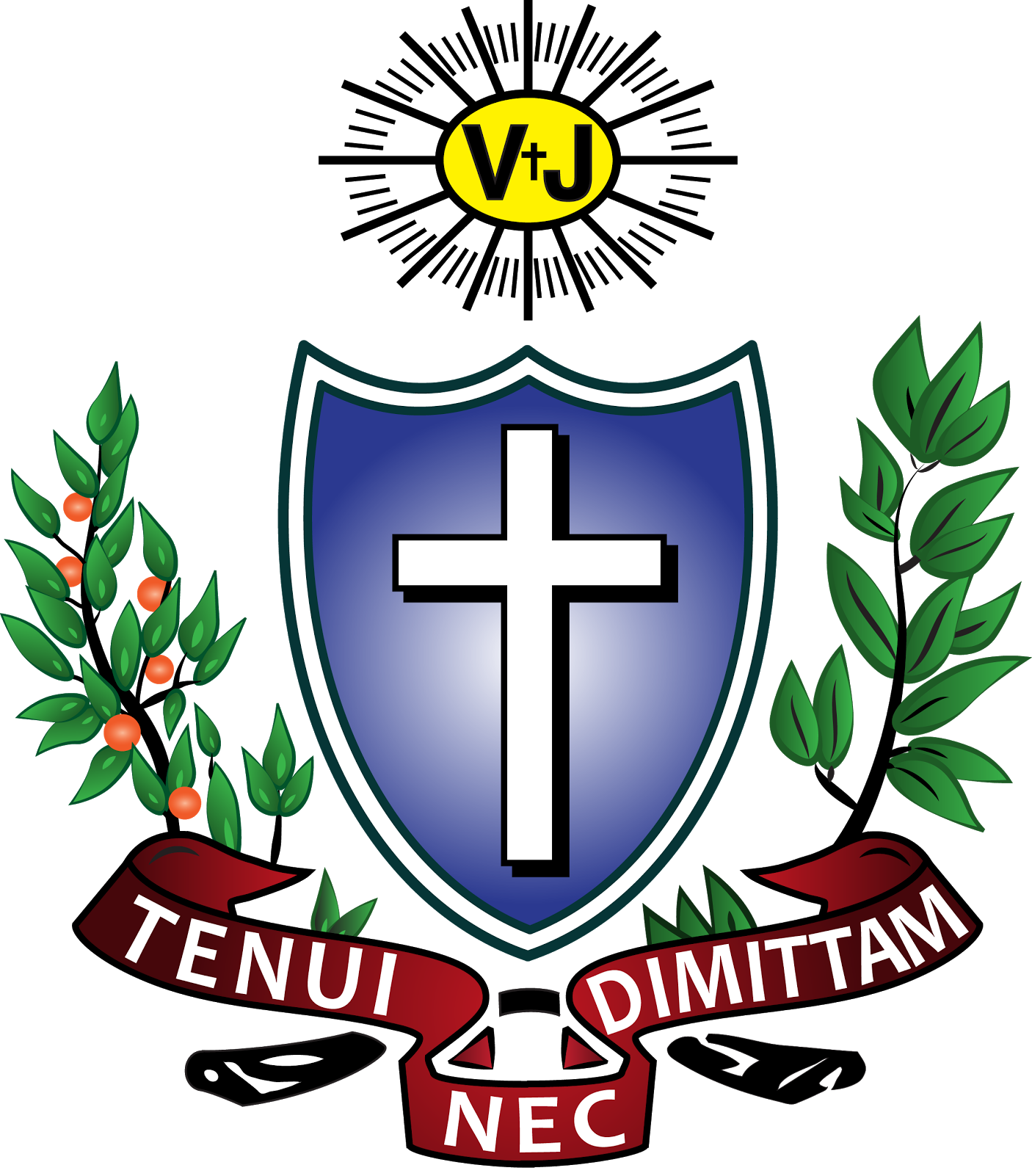Unique Chilean Customs
Two Chileans families share their holiday customs.
A traditional Cuasimodo
Submitted By: Familia Matas Echeverría
In Chile, Lent and Easter are significant religious celebrations within the Catholic community. These dates mark a period of reflection, penance, and spiritual renewal for the faithful.
On Ash Wednesday, which marks the beginning of Lent, believers traditionally attend Mass to participate in the ceremony of the imposition of ashes. During this period, they practice prayer, fasting, and charity.
Holy Week in Chile is a time of intense religious activity. Palm Sunday, which marks the beginning of the week, is celebrated with processions and Masses where the faithful carry blessed olive or palm branches.
On Holy Thursday, the Last Supper is commemorated, and many churches perform the ritual of the washing of the feet, remembering Jesus’ act of humility toward his disciples. Good Friday, a day of mourning and reflection, is marked by Stations of the Cross processions in various cities. This day is also a national holiday, allowing many families to participate in religious activities.
Holy Saturday is a day of waiting and contemplation, culminating in the Easter Vigil, where the Paschal Candle is lit, and the Resurrection of Christ is announced. This solemn celebration is rich in symbolism: the faithful ring bells in joyful proclamation of the Resurrection and, in a gesture of communion and faith, light their candles from one another, sharing the light of Christ.
Easter Sunday is a joyful day celebrated with Masses filled with hymns and family gatherings. A special tradition in Chile is the giving of Easter eggs, chocolates that children receive as a symbol of the joy of the Resurrection.
Cuasimodo: A Unique Chilean Tradition
Cuasimodo is a Chilean Catholic celebration held on the first Sunday after Easter, especially in the central valley. It consists of a horseback procession in which Cuasimodistas escort the priest carrying the Eucharist to the sick and elderly who could not receive Communion during Holy Week.
Participants wear traditional huaso attire, covering their heads with a white scarf as a sign of respect for the Blessed Sacrament, along with a short cape called an esclavina. Although it originated in rural areas, the tradition has adapted to cities, where processions take place on bicycles or motorized vehicles.
Cuasimodo in Santiago
Cuasimodo procession
Cuasimodista brotherhoods prepare throughout the year, organizing the procession and decorating the carts that accompany the route. In 1987, Pope John Paul II recognized Cuasimodo as a "true treasure of God's people," solidifying it as one of Chile’s most important religious festivities.
Submitted By: Familia Sepulveda Marquez
In Chile, we celebrate Lent and Easter with religious rites that summon a large part of the population. Lent begins with Ash Wednesday, which marks the beginning of our period of recollection. The ash we receive on Ash Wednesday is taken from the burnt branches of the previous year's Palm Sunday. This rite is always celebrated by the Jesuit community in which we participate.
During this period of Lent, reflection and fasting are recommended and followed by many. Holy Week begins with Palm Sunday, when we remember the entry of Jesus into Jerusalem. Everyone carries large palm bouquets to remember that day. Then begins the celebration of Easter, which starts with the celebration of the Last Supper of Jesus on Thursday. This is a special event where all is reenacted. Easter Friday is a holiday for everyone and on Friday and Saturday, we usually celebrate retreats and reflections of Easter.
We celebrate the Mass of Resurrection on Saturday night. This rite is very significant, where we remember all the readings from the creation of the world until the Resurrection of Jesus. At that moment, we light candles to remember the light of Jesus that comes to the world with Resurrection, and we ring bells of joy for the resurrection of Jesus!




